Introduction
If your dog is not eating, it can be worrying. While some dogs occasionally skip a meal, a sudden loss of appetite in dogs may indicate an underlying issue. The reasons can range from simple food aversion to severe medical conditions. Before you panic, observing your pet’s behaviour and determining whether it’s a temporary issue or a sign of something more concerning is essential. This guide will explore common causes, solutions, and when to seek veterinary help. Use this step-by-step approach to help your dog regain its appetite and ensure they stay healthy and happy.
Identifying the Type of Appetite Loss
Not all cases of dogs not eating are the same. Some dogs may show partial loss of appetite, eating less than usual or picking at their food. Others may experience a complete refusal to eat, which is more concerning and requires immediate attention.
It’s also essential to determine if the change is sudden or gradual. A dog that suddenly stops eating could be experiencing stress, illness, or a change in environment. On the other hand, a slow decline in appetite may be due to ageing, dental problems, or an underlying medical condition.
Ask yourself these key questions:
- Is my dog still drinking water?
- Has their behaviour changed (lethargy, vomiting, diarrhoea)?
- Have there been any recent diet or routine changes?
- Understanding these factors will help you find the best solution for dog appetite loss and decide whether veterinary help is necessary.
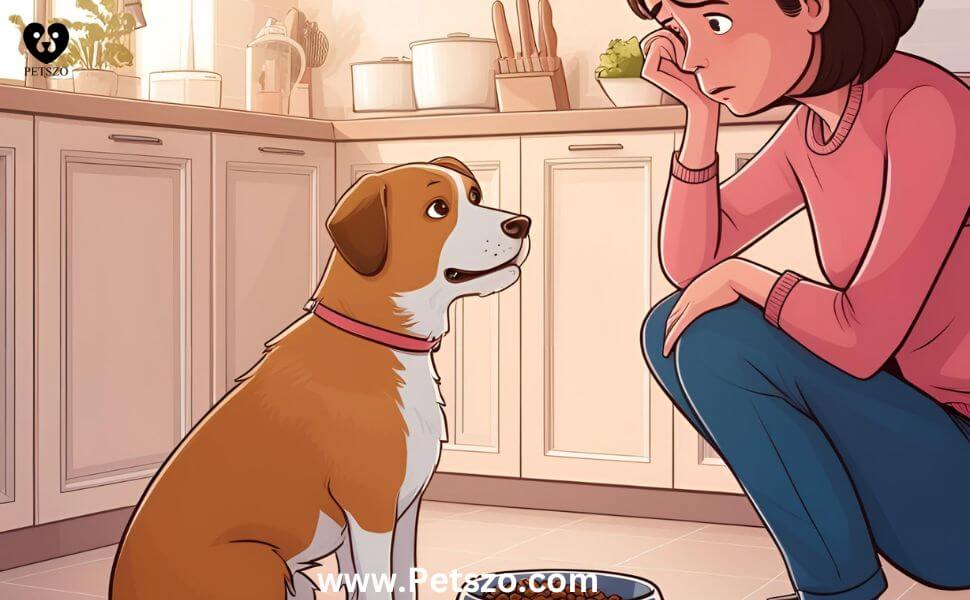
My Dog Stopped Eating, and What I Discovered Shocked Me
When I added Max’s favourite kibble to his bowl one morning, I anticipated his typical delighted tail wags. However, rather than hurrying over, he took a whiff and left. My heart dropped. It was different from Max.
Initially, I dismissed it—perhaps he wasn’t hungry. Yet, concern grew as the hours passed, and he refused to eat. Was he sick? Has anything occurred in the past day?
I tried everything—offering a treat, switching his bowl, even sitting beside him for comfort—but nothing worked. Then, a memory hit me—Sarah’s dog, Buddy, had stopped eating suddenly, and it turned out to be a tooth infection. Could Max be facing the same thing?
I decided to observe him closely. That’s when I noticed small but telling signs—he was licking his lips more than usual and hesitating to chew his favourite toy. My gut told me it was time for a vet visit. Sure enough, the diagnosis was a minor gum infection, making it painful for him to eat. Max returned to his happy, food-loving self after a few days of soft food and dental care!
That experience taught me something important: when a dog refuses to eat, there’s always a reason. Sometimes, it’s minor; sometimes, it’s serious. Let’s explore the most common reasons dogs stop eating—and what you can do to help.”
Common Causes & How to Address Each One
When your dog doesn’t eat, the cause could be medical, behavioural, or environmental. Let’s explore these common reasons and their solutions.
A. Medical Causes & Solutions
Dental Pain or Mouth Problems
Cause: Dogs with dental issues like gum disease, broken teeth, or mouth infections may find eating painful.
Solution: Check for bad breath, drooling, or swollen gums. Try softening their food or switching to a wet diet. If the problem persists, visit a vet for a dental check-up.
Digestive Issues
- Cause: An upset stomach, parasites, or indigestion can cause a dog to refuse food.
- Solution: If your dog is not eating but drinking water, try fasting for 12 hours, then offer a bland diet (boiled chicken and rice). If vomiting or diarrhoea occurs, consult a veterinarian immediately.
Chronic Illnesses
- Cause: Conditions like kidney disease, diabetes, or infections can lead to appetite loss in dogs.
- Solution: If your dog has low energy, weight loss, or frequent urination, schedule a vet appointment for tests and a tailored treatment plan.
B. Behavioral & Lifestyle Factors
Stress, Anxiety, or Depression
- Cause: Environmental changes, loud noises, or new pets can make a dog anxious.
- Solution: Create a calm eating space, stick to a routine, and provide interactive toys to relieve stress.
Picky Eating or Food Aversion
- Cause: Some dogs get bored with their food or dislike certain flavours.
- Solution: Rotate food options gradually, warm up meals, or add bone broth for extra taste.
C. External & Environmental Influences
Recent Vaccinations or Medications
- Cause: Some medications cause nausea or appetite loss.
- Solution: If the loss of appetite lasts more than 24 hours, talk to your vet about possible alternatives.
Weather & Seasonal Changes
- Cause: Hot weather can reduce a dog’s appetite.
- Solution: Offer more minor, extraordinary meals and ensure they stay hydrated.
Immediate Fixes to Try at Home
When your dog won’t eat, it’s natural to worry. Before rushing to the vet, try these immediate solutions to encourage your dog to regain its appetite.
1. Change the Feeding Environment
Sometimes, a stressful or noisy setting can make a dog avoid eating. Try feeding them in a quiet, familiar space with minimal distractions. If your dog usually eats near a busy area, move their bowl to a calm, comfortable spot.
2. Try Different Food Textures & Temperatures
Some dogs may find kibble hard and challenging to chew, especially if they have dental pain. Try soaking kibble in warm water, switching to wet food, or warming up their meal to enhance the aroma. A little bone broth or plain boiled chicken can make food more appealing.
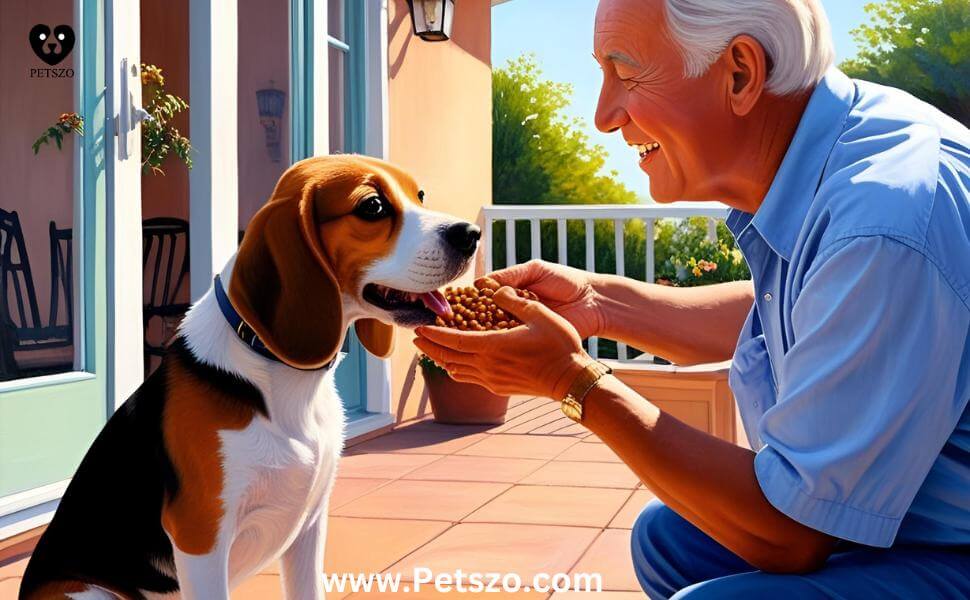
3. Hand-Feeding for Comfort
Hand-feeding small bites can help rebuild trust and encourage eating for stressed or unwell dogs. Many dogs respond positively when their owners gently offer food by hand.
4. Add a Food Topper
Enhancing their meal with a small amount of canned pumpkin, plain yoghurt, or cooked eggs can make food more enticing.
5. Stick to a Feeding Schedule
Offer food at the same time every day. If your dog doesn’t eat within 15-20 minutes, remove the bowl and try again later. This teaches them to eat during meal times.
If your dog has refused food for more than 24 hours or shows signs of illness, it’s time to consult a vet.
Step-by-Step Vet Consultation Guide
If your dog has not eaten for more than 24 hours, it’s time to consult a veterinarian. Gathering the correct information before the appointment can help your vet diagnose the issue faster.
Step 1: Observe Symptoms
Take note of any additional signs, such as:
- Vomiting, diarrhoea, or lethargy
- Weight loss or unusual behaviour
- Changes in water intake
Step 2: Track Eating & Drinking Habits
Write down when your dog last ate, how much they ate, and if they usually drink.
Step 3: Check for Recent Changes
Inform your vet of diet changes, stressors, new medications, or vaccinations.
Step 4: Be Ready for Tests
- Your vet may perform a physical exam, bloodwork, or imaging tests to find the cause.
- A timely vet visit ensures your dog gets the proper care, preventing minor issues from becoming serious health problems.
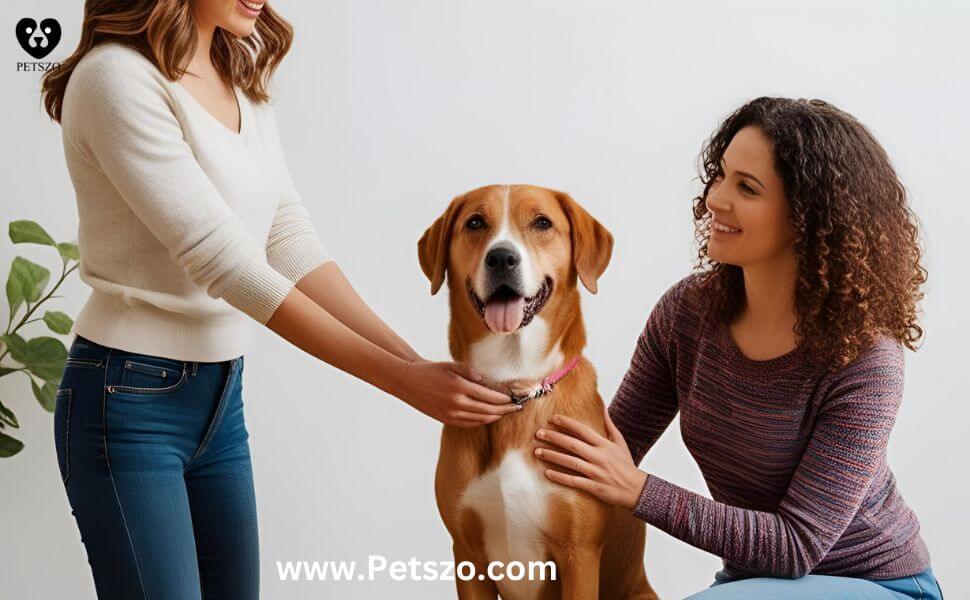
Proactive Prevention Methods for Dog Owners
Preventing appetite loss in dogs is more straightforward than dealing with it once it happens. A few simple habits can keep your dog healthy and interested in food.
1. Maintain a Consistent Feeding Schedule
Dogs thrive on routine. Feeding them simultaneously every day helps regulate their hunger and digestion. Avoid excessive treats between meals, as this can make them picky.
2. Keep Track of Their Eating Habits
A feeding journal can help you spot changes in appetite early. Record what and how much your dog eats daily. Sudden changes might indicate an underlying issue.
3. Provide a Balanced Diet
Make sure your dog’s food is nutritionally complete. Occasionally, switching between high-quality brands or adding fresh, vet-approved ingredients keeps meals exciting.
4. Regular Vet Check-Ups
Annual vet visits help catch health problems before they affect appetite. Dental cleanings, vaccinations, and parasite control are essential for long-term well-being.
These simple prevention steps ensure your dog stays healthy, happy, and eager to eat!
Conclusion
Watching your dog not eat can be stressful, but understanding the cause is the first step to solving the problem. Whether medical, behavioural, or environmental, there are many ways to help your dog regain its appetite.
Start by identifying whether the loss of appetite is sudden or gradual. Then, try simple home fixes like changing the food texture, offering a quiet eating space, or adding a tasty food topper. If your dog refuses to eat after 24 hours or shows signs of illness, lethargy, or vomiting, consult a vet immediately.
Every dog is different, but with patience and the right approach, you can ensure your furry friend stays healthy, happy, and well-fed!
FAQs
1. Should I force-feed my dog?
No, forcing food can stress your dog. Instead, try hand-feeding or offering softer meals.
2. How long can dogs fast?
A healthy dog can go 24-48 hours without food. If it lasts longer, seek veterinary advice.
3. Is skipping meals normal?
Occasional skipping is fine, but frequent meal refusal could indicate health or behavioural issues.
4. Can stress stop eating?
Yes, anxiety, new environments, or routine changes can make a dog temporarily lose its appetite.
5. Dog drinks water but won’t eat?
It might be stress or an upset stomach. If appetite doesn’t return in 24 hours, consult a vet.




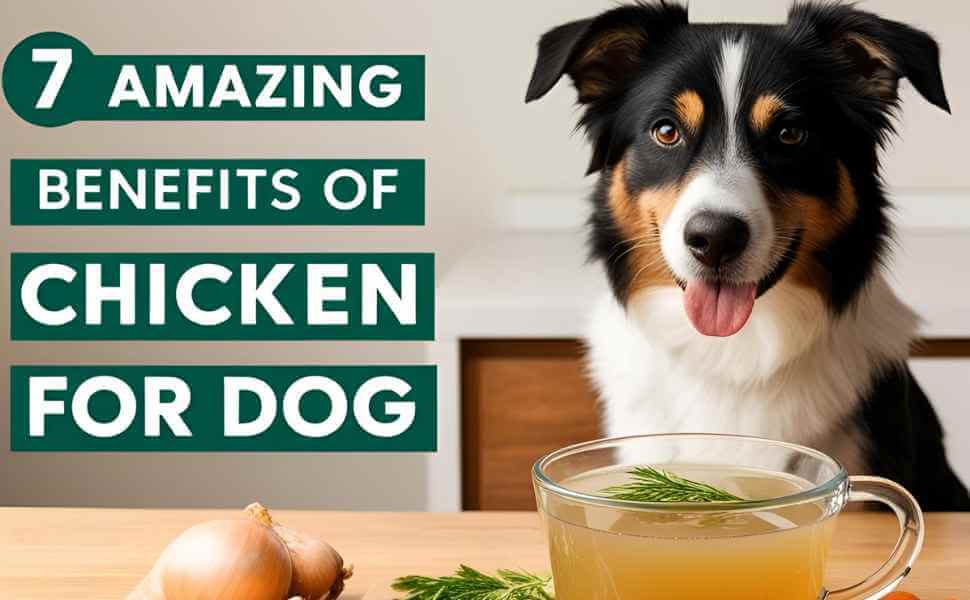


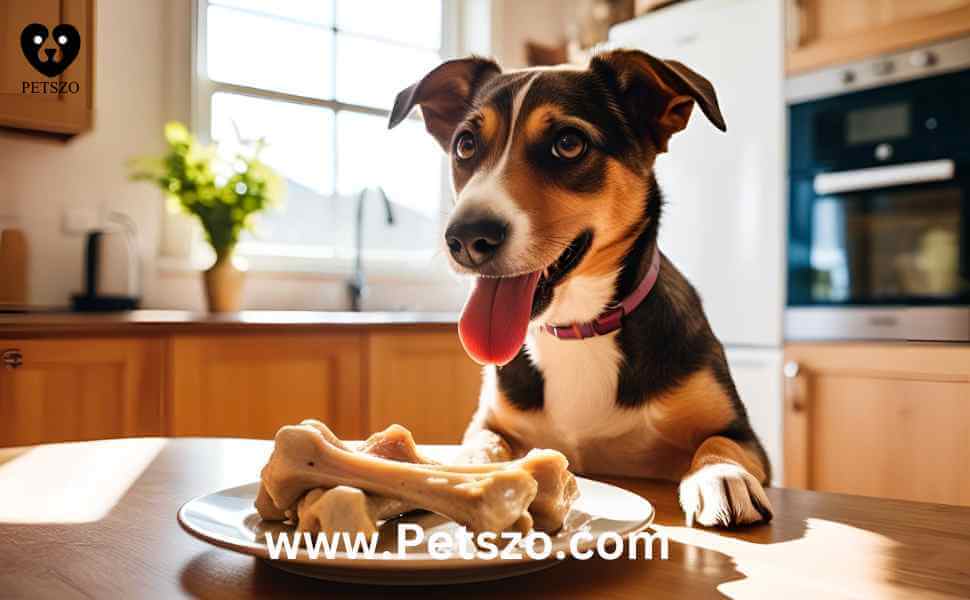




1 thought on “Why Is My Dog Not Eating? Powerful Solutions to Help!”